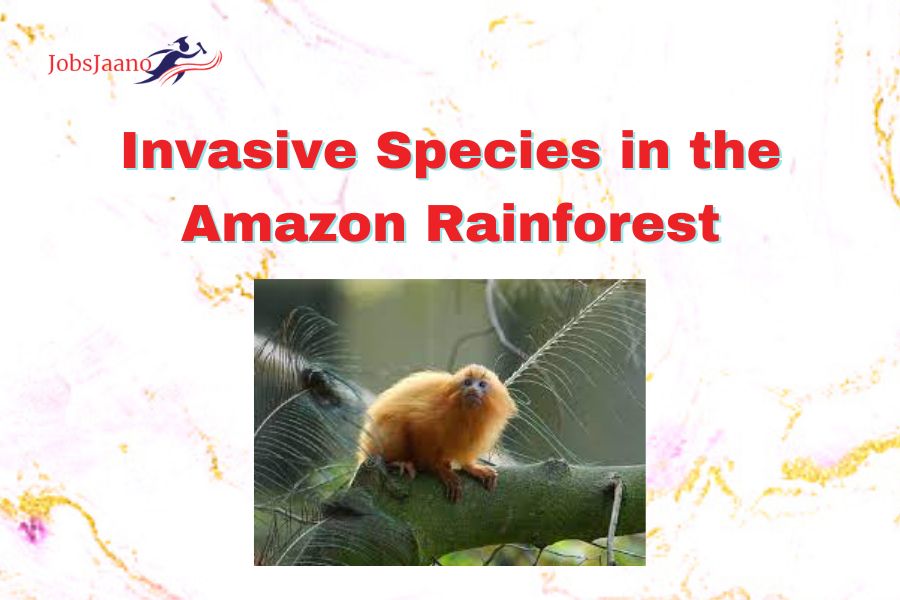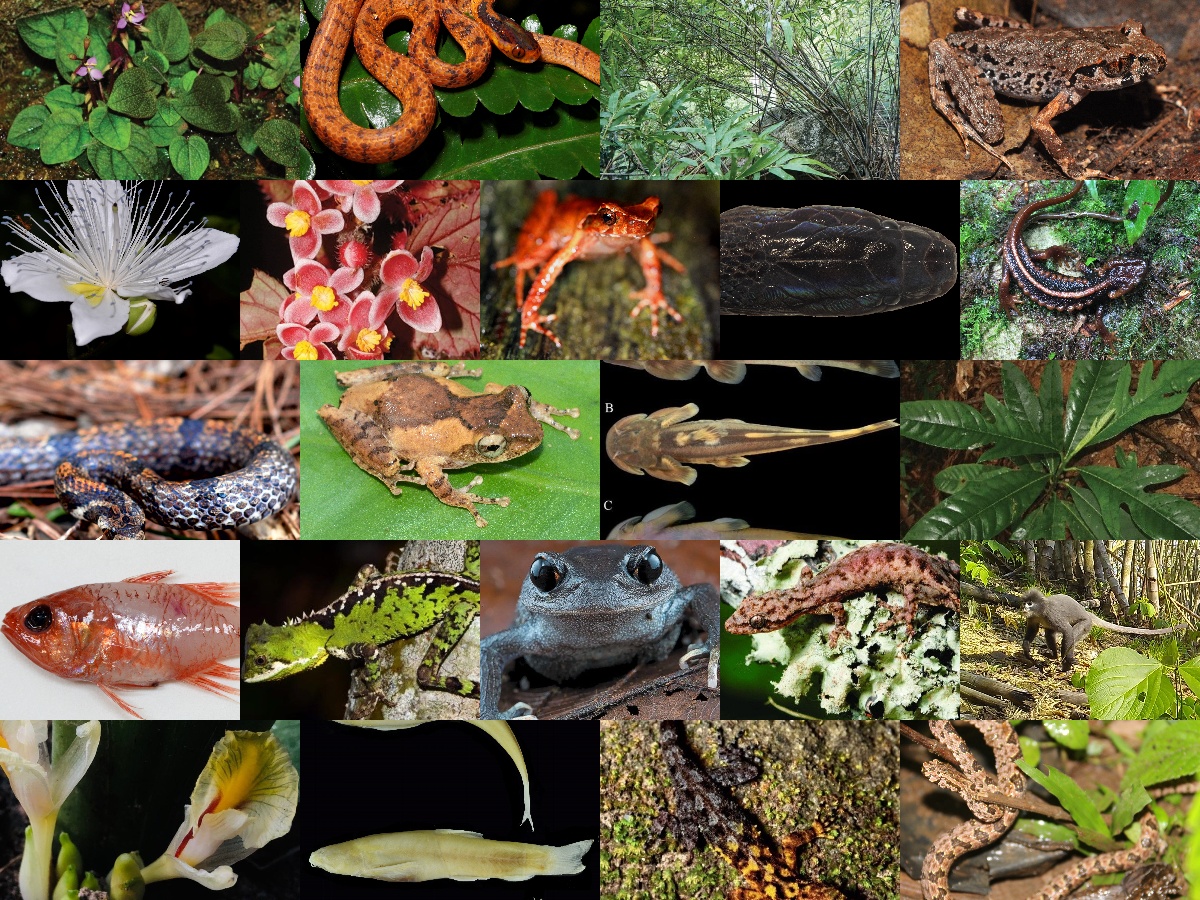Invasive Species in the Amazon Rainforest: The significant infestation of herbaceous weeds, commonly known as “Juquira” in the Amazon region, is one of the main causes of environmental disturbances such declines in pasture productivity and biodiversity losses. Such infestations could cause pasture to degrade, culminating in a total loss of productivity and the consequent abandonment of the land if they are not successfully handled. Let us discuss some of the invasive species in the Amazon rainforest as follows:
-
Pau-de-lacre or Vismia guianensis (Aubl.)
The ability of invasive plants to outcompete native species may be a factor in their successful invasion. Persistent perennial species are the ones that suffer the greatest losses in this situation. They last for several years and, in most cases, reproduce both vegetatively and sexually through seeds. The most troublesome species for agricultural pastures fall into this category, including the lacre (Vismia guianensis), which is problematic mostly for extensive or semi-intensive production systems. North and Northeast Brazil are home to the plant Vismia guianensis, which is a member of the family Hypericaceae, order Malpighiales, and class Magnoliopsida.
A rough perennial plant with a brown hue, Vismia guianensis species is also known as “pau-de-lacre” in the northern region of Brazil. The dorsal (bottom) portion of the leaves are rough and ferruginous in hue, and they are glossy and greenish in colour. An orange-colored, viscous liquid leaks from the cut made when the leaves are removed. This species’ inflorescences have yellow flowers and worldwide green fruits that are packed with seeds. The bushy V. guianensis species can grow to a height of 2 to 5 m and is found at the edges of forests. The flowering season lasts from November to March and into May; for some people, the blossoming peaks in December and January. The fruits maintain their colour even when fully developed, making it impossible to tell the mature from the immature.
-
Capim-navalha or Paspalum virgatum L.
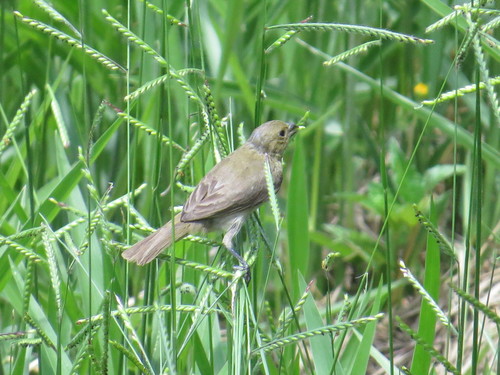
-
Malícia or Mimosa pudica L.
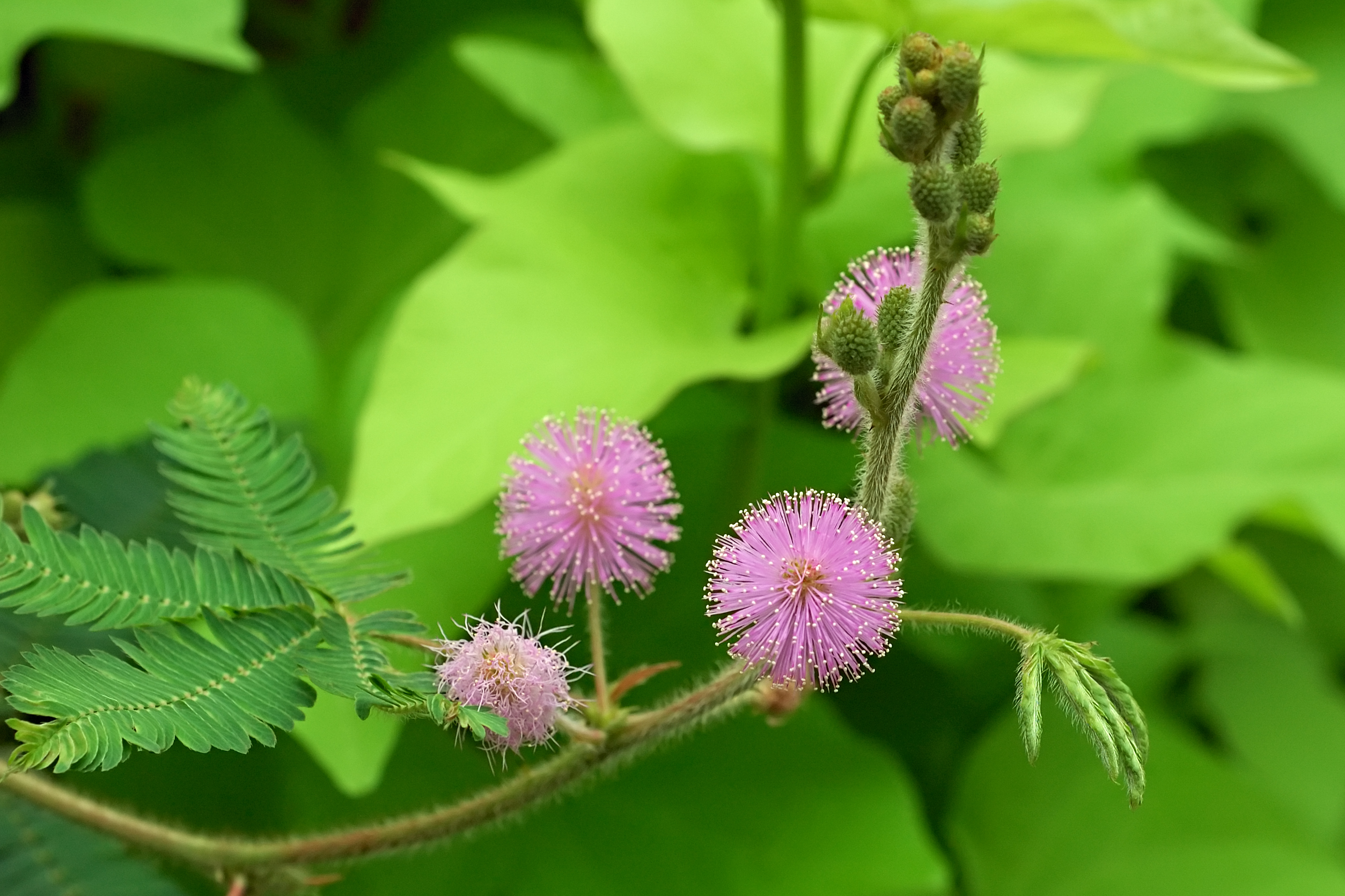
Although this species is native to Africa and Asia, it can also be found there frequently. It has also adapted exceptionally well to life in Brazil, particularly in the Amazon region. It may be native to many or all of the tropics of the New World, and currently its range may be pantropical.
-
Mata-pasto or Senna obtusifolia

Senna obtusifolia produces a lot of seeds, just like other invasive plants do. This is the case for this species since their fruits have numerous seeds. Although it lacks nitrogen-fixing nodules in the roots, which are present in many Senna species and are crucial for invasive plants, it does have an extremely aggressive root structure that gives it a highly competitive capacity even during times when the soil has poor water availability.
-
Tiririca or Cyperus rotundus L.
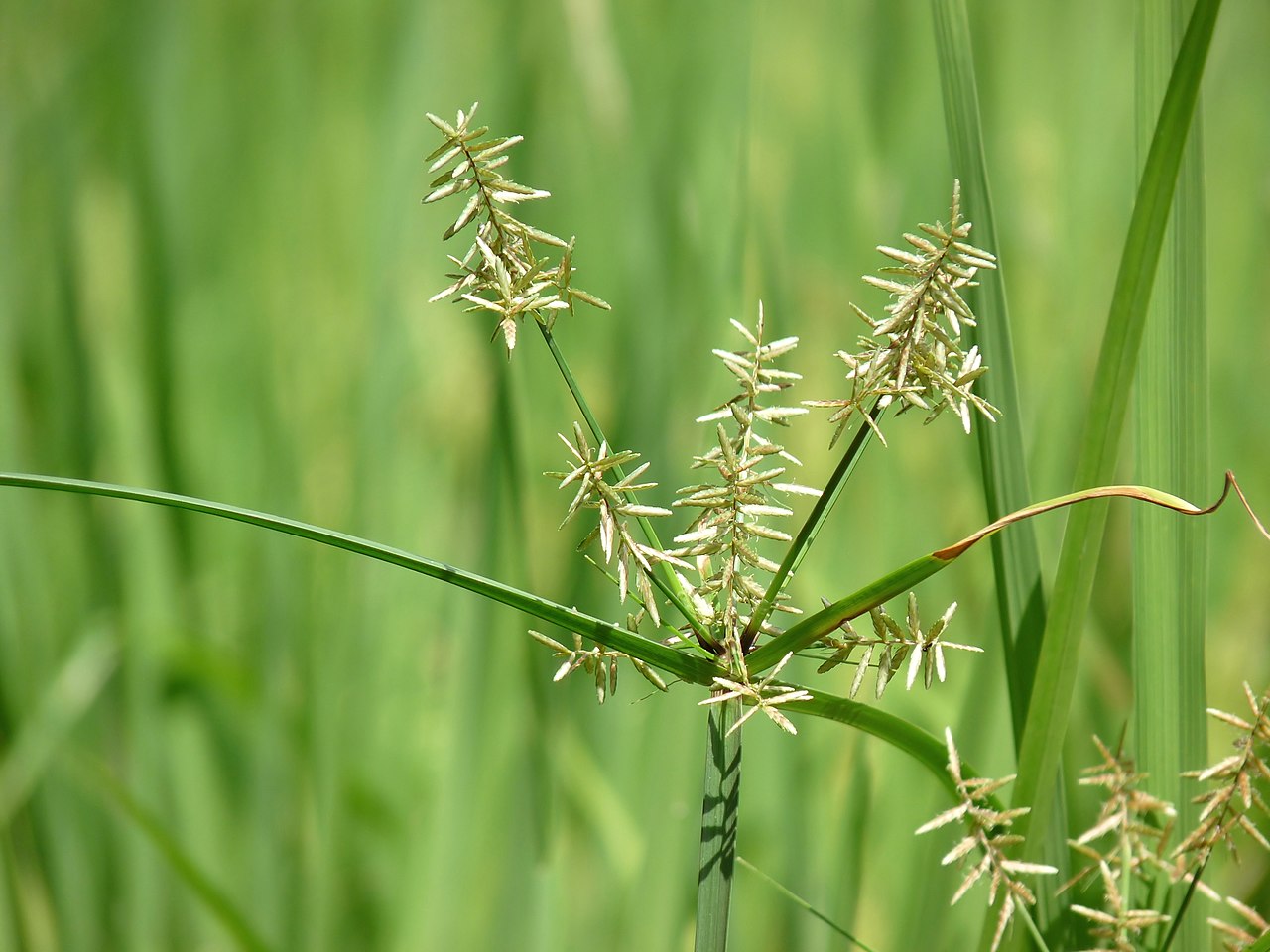
Cyperus rotundus is an unruly plant that is challenging to control and harms a number of economic crops. Competition causes damage at every stage of the cycle, although crop development and crop reformation are the most vulnerable times. C. rotundus is one of the top 20 most destructive species in the world because to its perennial nature, wide adaptability to many agricultural situations, and capacity for both sexual and asexual reproduction.
-
Dente-de-leão or Taraxacum officinale
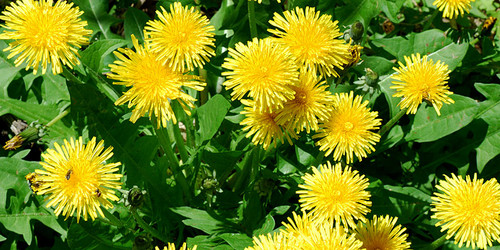
Taraxacum officinale has great flexibility in morphological and physiological traits, which contributes to its high resistance to abiotic stress and effective use of resources. T. officinale exhibits enhanced abundance, physiological performance, accumulation of biomass, survival, and seed production under favourable abiotic circumstances.
Invasive Species in the Amazon Rainforest Human Role
All taxonomic categories of organisms— animals, plants, and microbes—have invasive species. Typically, these newly arrived organisms disrupt their surroundings by out-competing local species for scarce resources, directly destroying useful industrial and agricultural resources, and generally upsetting previously stable ecosystems.
Because of humankind’s capacity and ambition to continuously explore, wander, and penetrate the farthest reaches of our biosphere, invasive species are occasionally accidentally introduced and spread. Even documented instances of invasive species being introduced by negligent scientists into natural environments exist.
Even while unintentional introductions have a considerable impact, the technologically controlled development and employment of biological control agents has the potential to cause ecological catastrophes that are orders of magnitude worse than these examples. The potential for harm from biological control technology grows and diversifies along with it. The development and usage of engineered viruses, genes, and purposely introduced species continues with little to no thought given to the long-term ecological repercussions. Our mismanagement of biological controls in the past and now calls for significant changes in strategy and implementation. The developing view of systems ecology and environmental science encourages caution and restraint in our attempts to implement anthropogenic changes into ecological cycles that are naturally governed.

